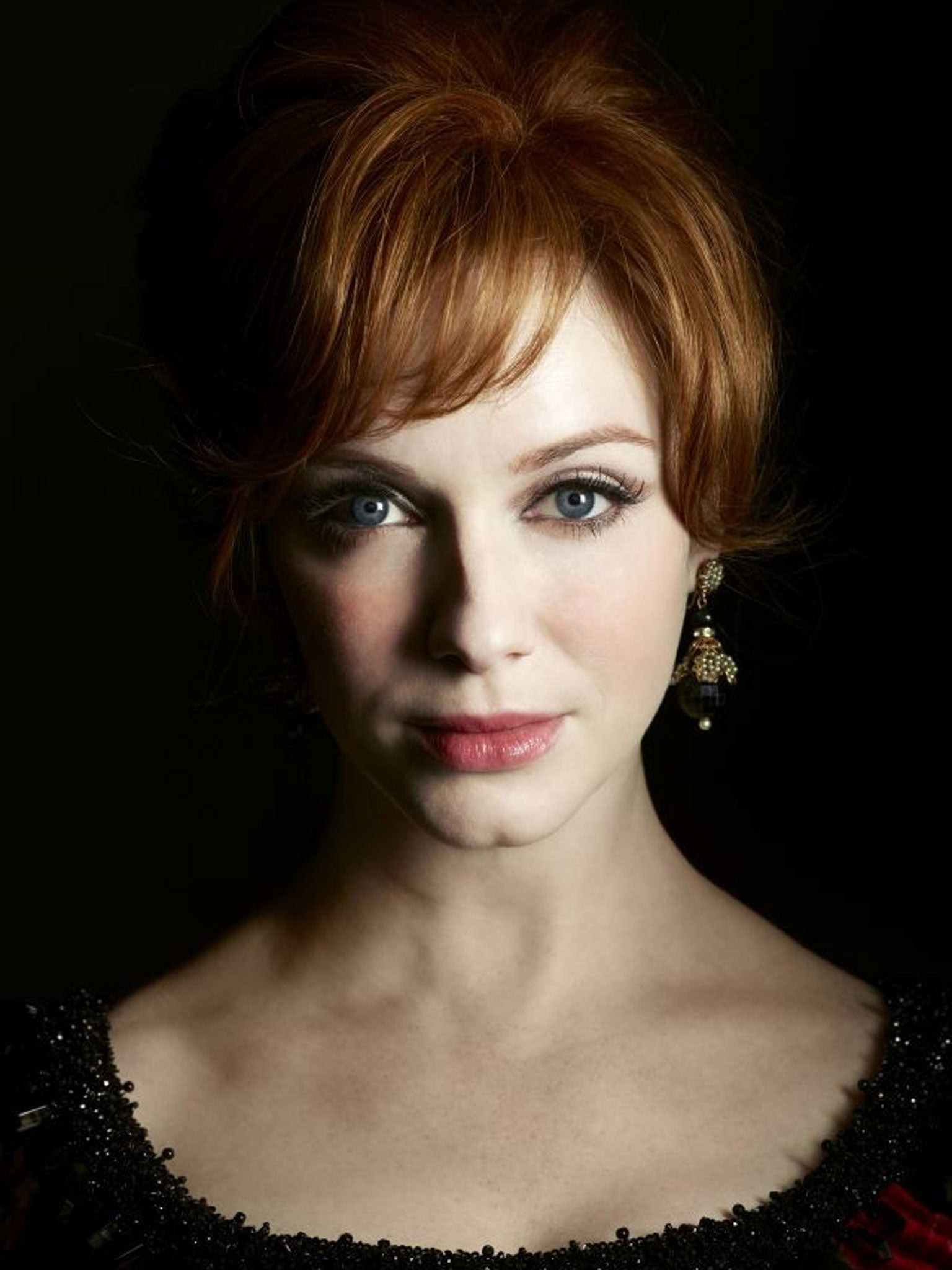The Mad Women of Mad Men actually represent us all

Your support helps us to tell the story
From reproductive rights to climate change to Big Tech, The Independent is on the ground when the story is developing. Whether it's investigating the financials of Elon Musk's pro-Trump PAC or producing our latest documentary, 'The A Word', which shines a light on the American women fighting for reproductive rights, we know how important it is to parse out the facts from the messaging.
At such a critical moment in US history, we need reporters on the ground. Your donation allows us to keep sending journalists to speak to both sides of the story.
The Independent is trusted by Americans across the entire political spectrum. And unlike many other quality news outlets, we choose not to lock Americans out of our reporting and analysis with paywalls. We believe quality journalism should be available to everyone, paid for by those who can afford it.
Your support makes all the difference.Behind every successful Mad Man is a female character that any actress would audition every day for a year to play. Mad Men may be set in a world where gender equality is a distant dream, but it's written and produced in the future: by the third season, more than half of its writers were women, which is a vanishingly rare statistic.
It's the first office-based show I can ever remember seeing where the home lives of our characters jump up and invade their work lives; not just for the odd episode here and there, but all the time. If we imagine Don Draper, he might be in the office, sharp-suited, half-cut, smoking a Lucky Strike. Equally, he might be at home with the icy Betty or the thwarted Megan, trying to negotiate his way through an increasingly complex family life. The show switches seamlessly between the business and domestic spheres.
The convention when a marriage breaks up in a workplace drama is that we never see the divorced partner again. Maybe the occasional fight over custody, conducted largely by phone. The writers of Mad Men, however, realised that viewers had invested in Betty: her neurosis, her calculation, her infidelity, her appalling mothering skills (who can forget the moment where she yells at her kids for playing with plastic bags over their heads? She couldn't care less if they suffocate, but she's furious that her dry-cleaning might get creased).
We didn't lose her when Don lost her, because the drama worked better if she stayed. She's also responsible for one of the show's most iconic moments: standing in her yard, dead-eyed, cigarette stuck to her bottom lip, shooting pigeons out of the sky.
The women of Mad Men operate in a sexist world, and they're defined by their struggle to gain parity at work and in their homes. Peggy Olson (who I like to believe is named in homage to Jimmy Olsen, the super-keen kid at the Daily Planet), is the obvious career woman: she comes in to the show as a secretary and drags herself, chewed fingernails all the way, to being a star copywriter with her own office. She never stops fighting to be valued at her own sense of what she's worth.
And all this happens under the ever-watchful eyes of Joan. Literally miles of column inches have been dedicated to the radiant Christina Hendricks, most of them transfixed by her extraordinary beauty. But that undersells her character: Joan has proved as enigmatic and unpredictable as Don Draper.
When we first meet her, she's having an affair with her boss, Roger Sterling: so far, so predictable. But gradually, we see her queen bee status is based on more than beauty and connections. She's a contradictory figure – bitchy yet maternal, sexy yet withdrawn. She's clever, but she doesn't challenge the status quo until she sees Peggy succeed by doing so. She longs to be married, has her pick of potential partners, yet she still picks the duffer. She's torn between being a stay-at-home wife and a career gal. She plays the accordion, and remains cute while doing so. And, best of all, she picks herself up from a bad marriage and carries on with her life, like an actual person. Joan is both unattainable, and yet she's an everywoman (unless you really focus on the accordion).
And that is the secret to Mad Men's success: it treats all of its characters as whole, multi-dimensional human beings. Even the minor characters couldn't be described in a sentence. And it's this complexity which keeps us tuning in, week after week.
Join our commenting forum
Join thought-provoking conversations, follow other Independent readers and see their replies
Comments